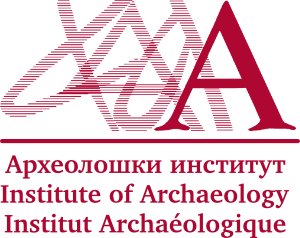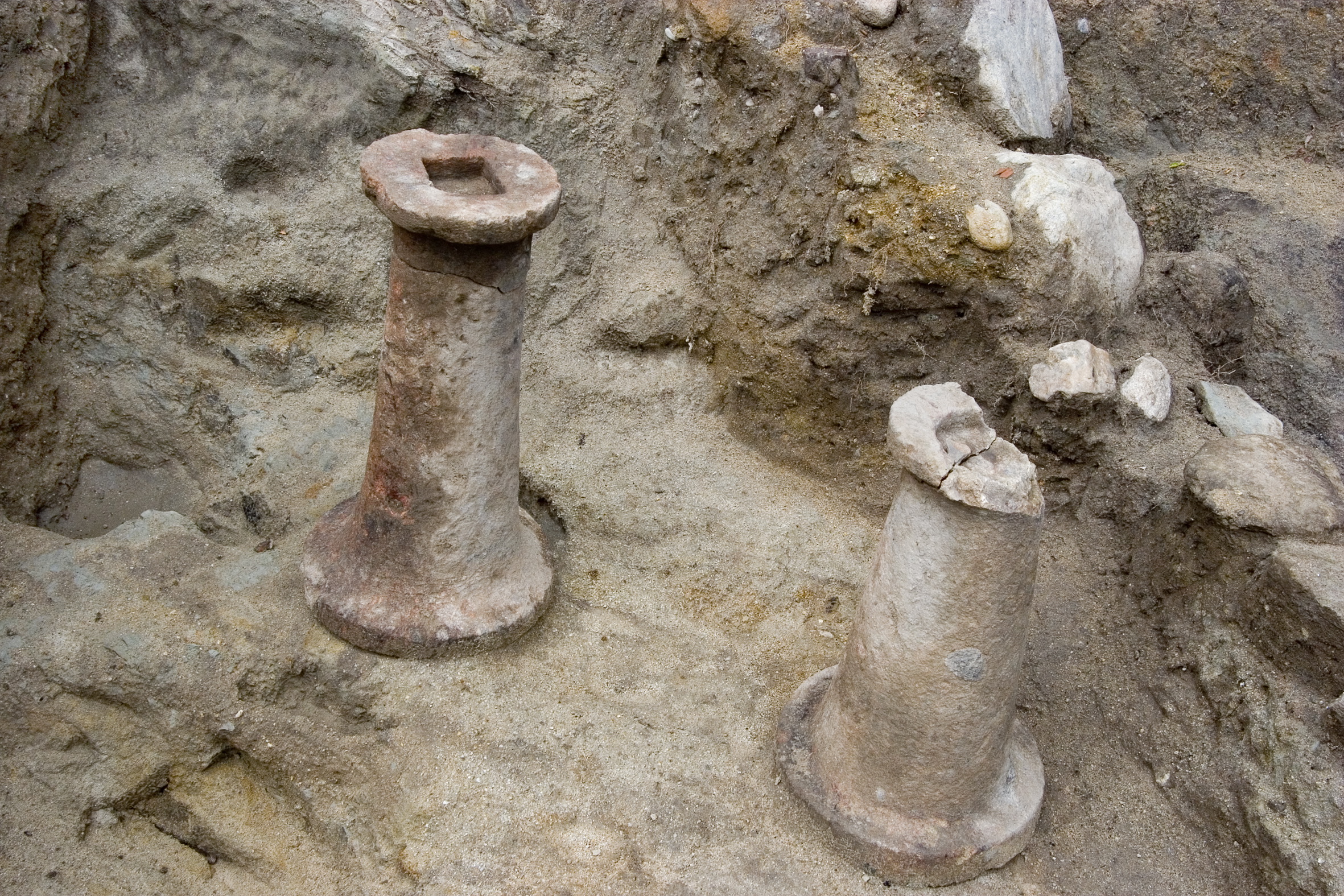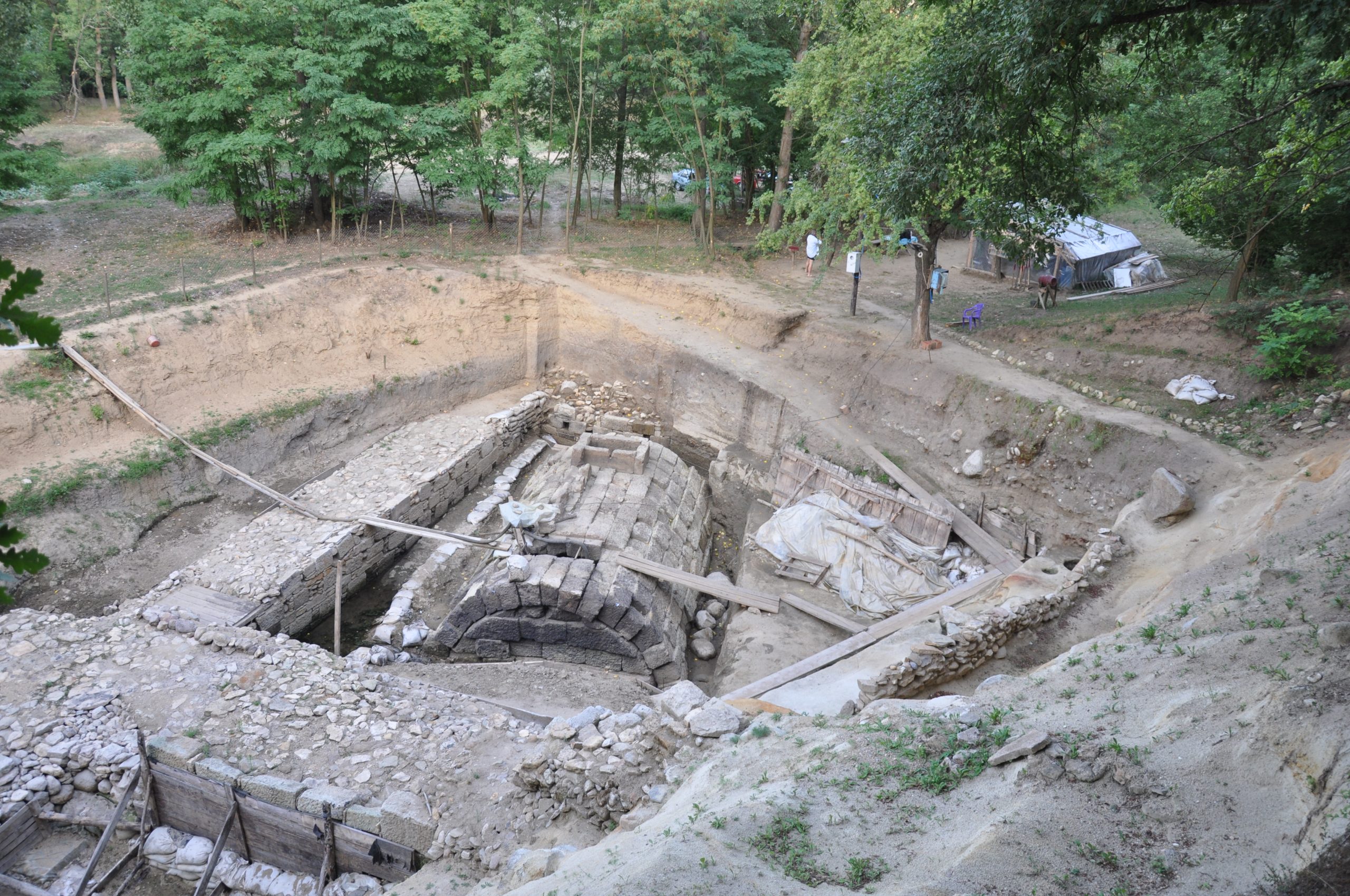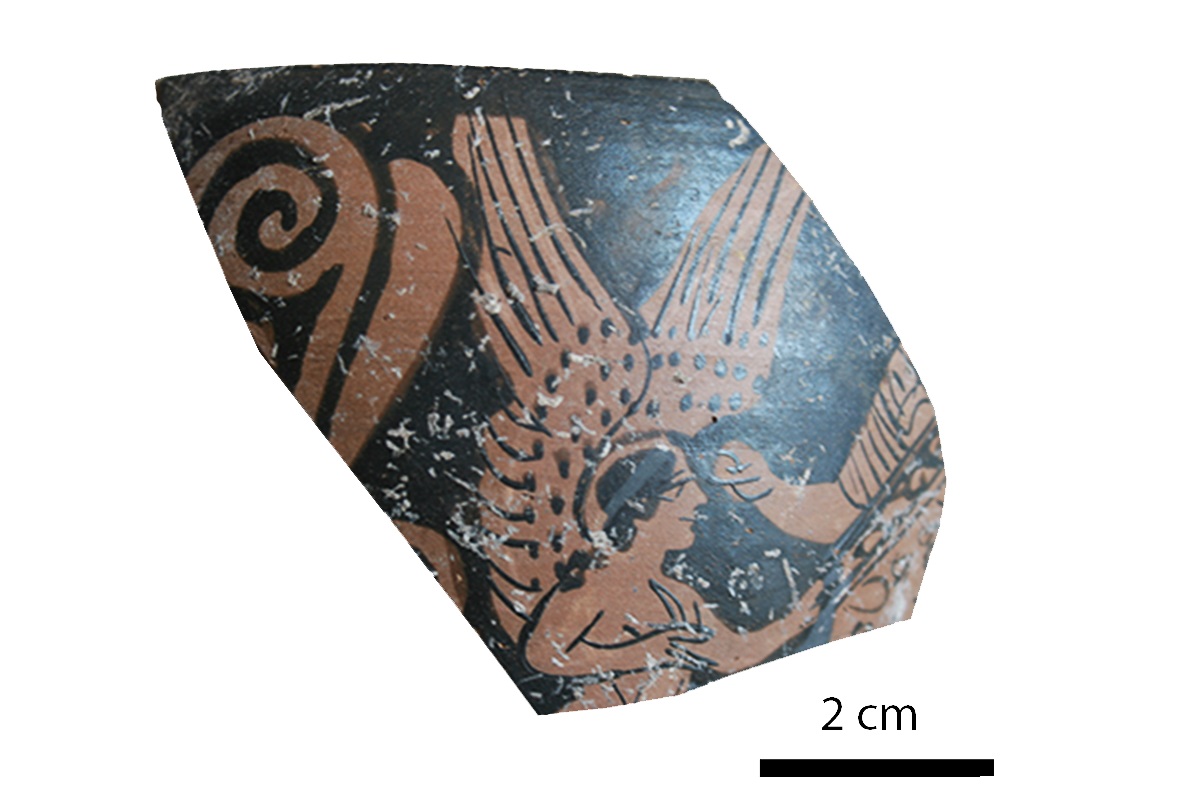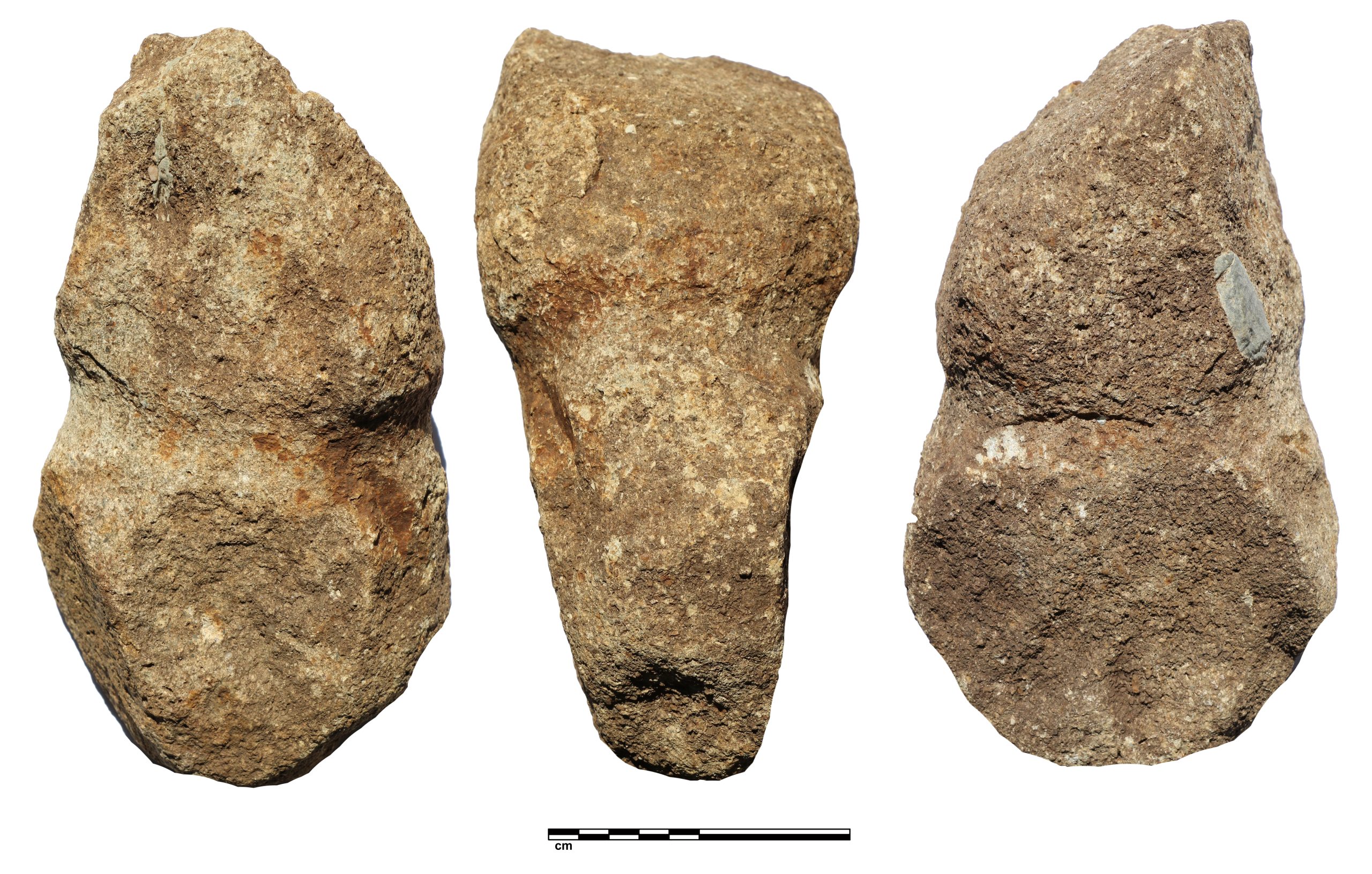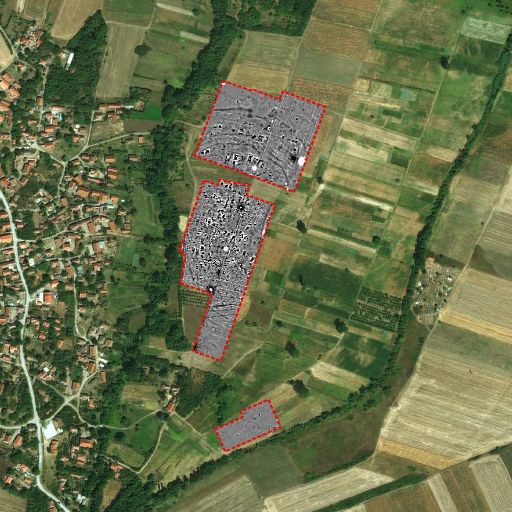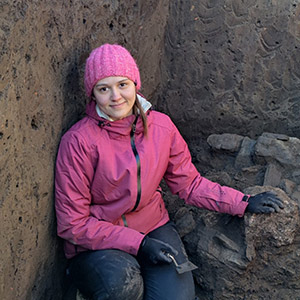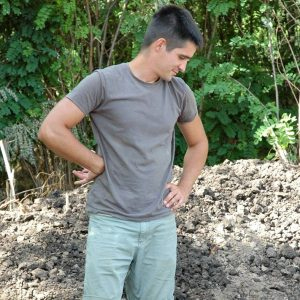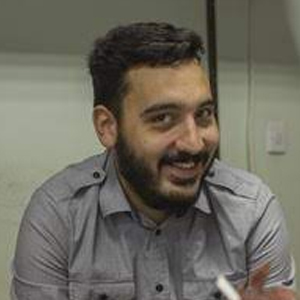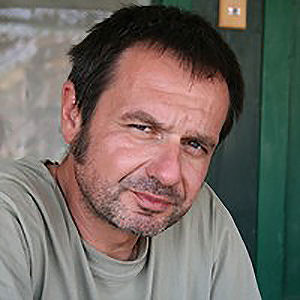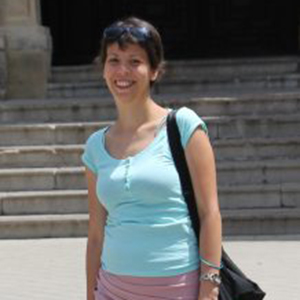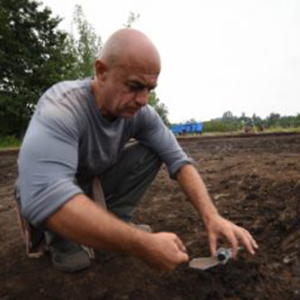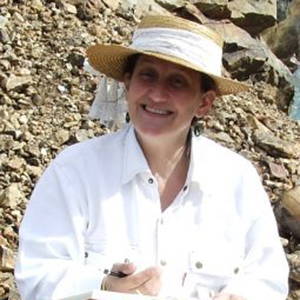The study of the Copper, Bronze, and Iron Ages in the Central Balkans covers a period of more than four millennia. Currently, various international initiatives are being carried out, as well as the scientific project “THE FLOW: Interactions-Transmission-Transformation: Long-Distance Connections in the Copper and Bronze Ages of the Central Balkans.” In collaboration with local museums, material excavated during the last century is methodically processed, exhibited, and published. All studies and activities are carried out in a multidisciplinary manner, with space-time models, paleobotanical, archaeozoological, and physical-chemical investigations of findings being used.
Research on the issues of the Central Balkans’ Copper, Bronze, and Iron Ages covers a period of more than four millennia. Besides the systematic study of numerous sites, the most significant research is currently being carried out at Velika humska čuka, near Niš, Svinjarička čuka, near Lebane, as well as several Bronze Age metallurgical workshops and necropolises from the vicinity of Bor. Currently, numerous international projects are being conducted in collaboration with the world’s leading institutions: Brooklyn City College, the University of New York (USA), the Austrian Archaeological Institute (Austria), and University College Dublin (Ireland).
Most recently, special attention has been dedicated to the scientific project “THE FLOW: Interactions-Transmission-Transformation: Long-Distance Connections in the Copper and Bronze Ages of the Central Balkans”, financed by the Science Fund of the Republic of Serbia. The main objective of the project is to examine the circulation of metals and other raw materials during the metal ages in South-eastern Europe and determine their origin in order to reconstruct contacts and interactions of the population of the Central Balkans with the communities of neighbouring and more distant regions, especially the lower Danube, Central Europe, and Macedonia.
In addition to the new research, material excavated in the last century is systematically processed, presented, and published in cooperation with local museums. The results of those studies are shown in the Archaeological Material of Serbia series, currently published in 10 separate monographs.
All the work and activities are carried out using a multidisciplinary approach, with space-time models, paleobotanical, archaeozoological, and physical-chemical analyses of finds, ancient DNA analysis, tin and lead isotope analysis, AMS analysis, and other current scientific analytical methods.
